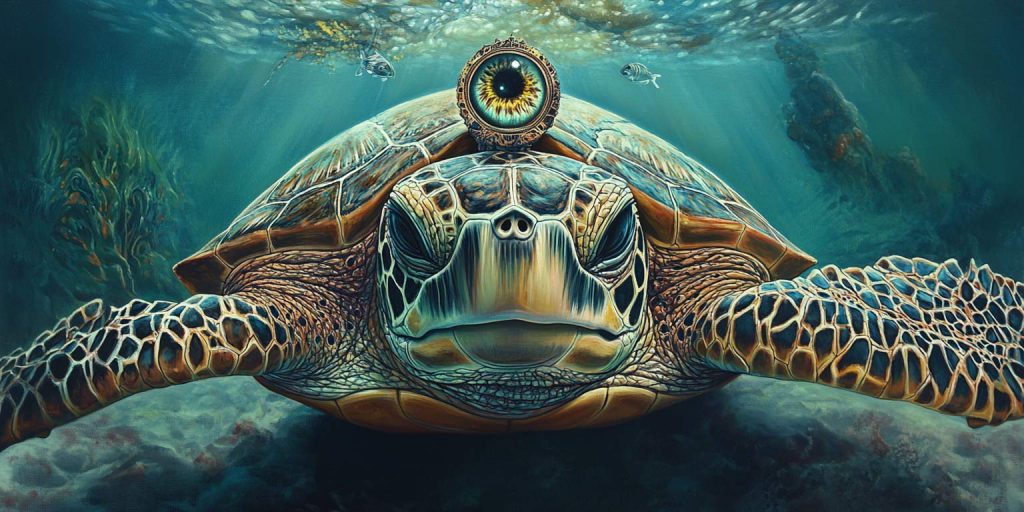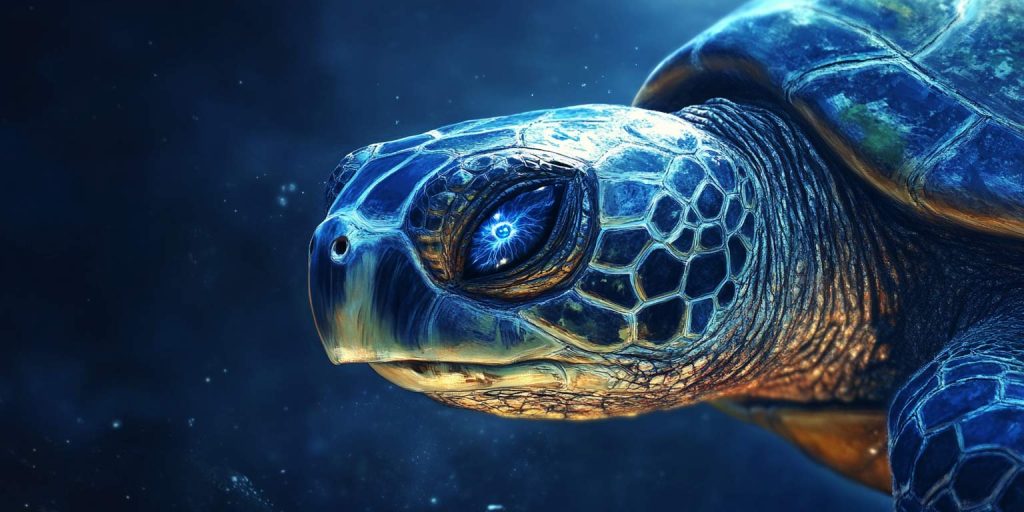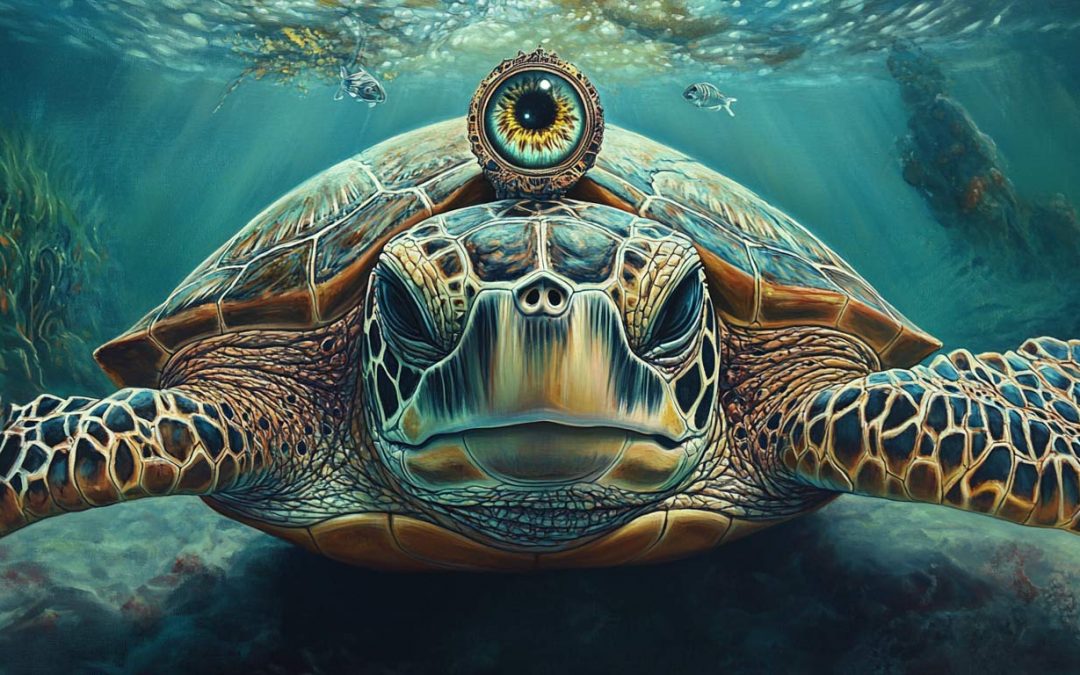Why Sea Turtles Have Three Eyelids (Not Three Eyes)

Short Answer: No, but they do have a 3rd eyelid.
There’s a lot of buzz about whether sea turtles have three eyes. Some even say they have a mysterious “third eye.” Let’s set the record straight: sea turtles do not have three eyes — but they do have three eyelids, and it plays a crucial role in their survival. Plus, they’ve got some pretty wild sensory abilities that help them navigate the deep blue. Let’s dive into it!
Sea Turtles and Their Unique Eyelids
While it might sound unbelievable, sea turtles are equipped with three eyelids per eye. They have:
- An upper eyelid
- A lower eyelid
- A special third eyelid called the nictitating membrane
This third eyelid acts almost like a built-in pair of swimming goggles. It sweeps across the eye sideways, giving extra protection against debris, saltwater, and harsh light without completely blocking their vision. When sea turtles glide through the ocean, this feature shields their eyes and keeps their sight sharp. Think of it as nature’s version of high-tech safety glasses.
Wait, What About Reptiles With a “Third Eye”?
Some animals — mainly certain reptiles and amphibians — really do have something close to a third eye, but it’s not what you might think.
This parietal eye, located on top of the head, helps them detect light and shadows rather than form images. It even includes a lens and retina, making it a legit, though simple, light-sensing organ.
Interestingly, among sea turtles, only leatherback turtles are thought to have something close to this “skylight” adaptation. But it’s not a fully functioning third eye — more like a daylight detector that helps them orient themselves.
What’s the Third Eyelid Actually For?
The nictitating membrane isn’t just for show. Here’s why it matters:
- Protection: Shields eyes from particles, sand, and parasites
- Visibility: Lets turtles see while staying protected underwater
- Moisture: Keeps the eye moist, especially when moving between land and water
Without this clever adaptation, sea turtles would be a lot more vulnerable in rough environments, whether they’re hunting, migrating, or laying eggs on sandy beaches.

Other Strange Senses Sea Turtles Have
Sea turtles don’t stop at fancy eyelids — they’re sensory superheroes. Here are a few more mind-blowing abilities they possess:
- Magnetic Navigation: Sea turtles can sense the Earth’s magnetic fields, helping them travel thousands of miles across the ocean with GPS-like accuracy.
- Ultrasensitive Hearing: They can pick up low-frequency sounds, like the rumbling of waves or distant disturbances, even when deep underwater.
- Exceptional Smell: Hatchlings can smell the beach they were born on, which helps them return decades later to lay their own eggs.
- UV Light Detection: Some research suggests that baby turtles can see ultraviolet light, helping them find the brightest, safest route to the sea.
Nature’s Secret Weapons: How Sea Turtles Conquer the Oceans
Sea turtles might not have three eyes, but their three eyelids and supercharged senses give them an edge that few animals can match. From shielding their eyes in rough seas to finding their way home across oceans, sea turtles are living proof that nature builds some pretty incredible survival gear. Next time you see one, just remember: there’s a lot more going on behind those wise, blinking eyes than you might expect!

